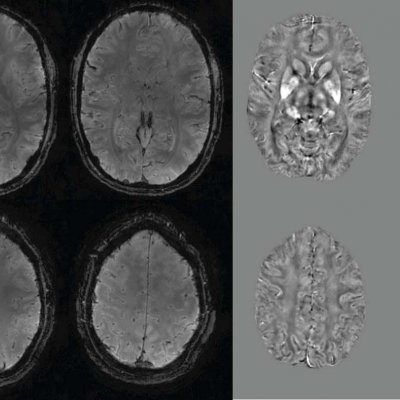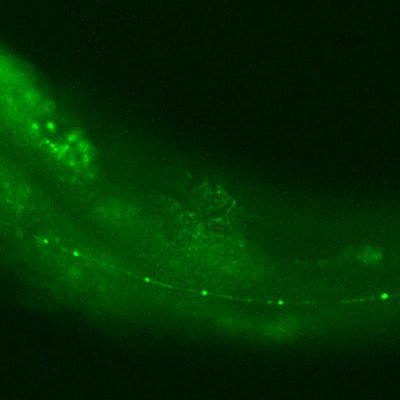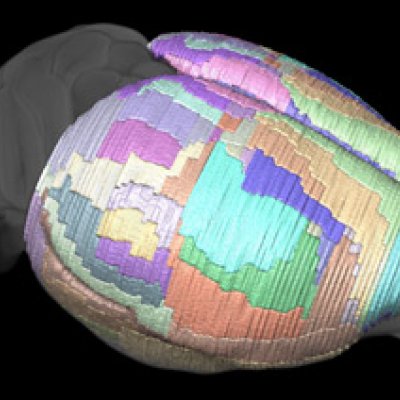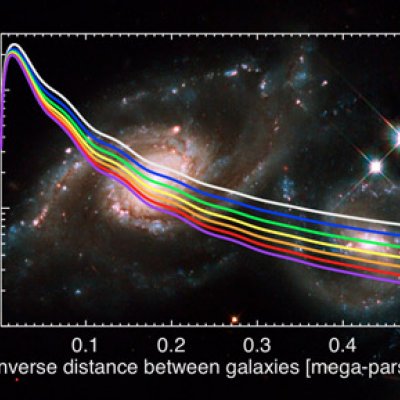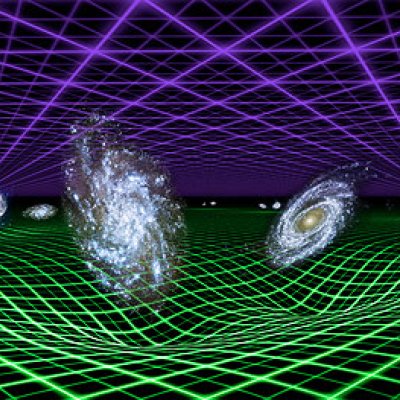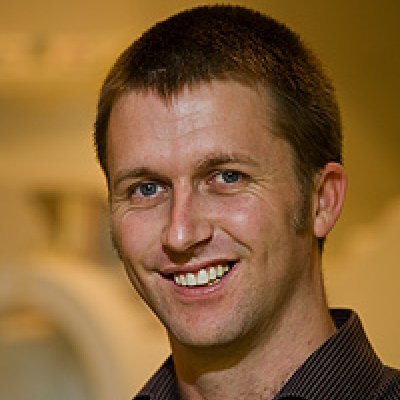University of Queensland researchers have secured almost $31 million from the Medical Research Future Fund (MRFF) to tackle health and medical challenges in Australia and around the world.
21 March 2023Four researchers are preparing to travel to the United States of America to advance their work after being awarded Fulbright Scholarships.
28 February 2018Understanding how exercise affects language learning could help patients with brain conditions such as stroke, Alzheimer’s and Parkinson’s disease.
23 February 2017A new brain imaging technique developed by University of Queensland researchers is paving the way for improved diagnosis and treatment of neurodegenerative diseases such as Alzheimer’s or Parkinson’s disease.
16 November 2016A discovery in a transparent roundworm has brought scientists one step closer to understanding nerve degeneration.
12 February 2016The Southern Hemisphere's most powerful body scanner, capable of capturing extremely fine anatomical details, is now operating at The University of Queensland.
12 March 2014Thousands of Australians suffer communication and swallowing disorders for various medical reasons that make the field of speech pathology more complex than ever before.
21 June 2013Hopes for a cure for many brain diseases may rest on the humble mouse, now that scientists can map the rodents’ brains more thoroughly than ever before.
29 April 2013For their outstanding service in a range of fields, an inspiring and distinguished group of staff, students and alumni from The University of Queensland community have been honoured in the 2013 Australia Day awards and honours list.
26 January 2013The lightest known subatomic particles in the universe are now able to be more accurately scrutinised, in light of new astronomic research two years in the making.
30 April 2012In an Australian first, The University of Queensland (UQ) has entered into a landmark agreement with technology specialist Siemens, to install a powerful MRI system that is more than twice as strong as any other MRI system currently available in the...
21 July 2011An Australian-based astronomy team, co-led by Professor Michael Drinkwater from the School of Mathematics and Physics (SMP) at The University of Queensland (UQ), has shown that the mysterious ‘dark energy’ is indeed real and not a mistake in...
19 May 2011The most complicated human organ goes under the microscope in Auckland later this month with the world’s leading brain researchers arriving to attend the annual Australian Neuroscience Society (ANS) Conference.
24 January 2011UQ researchers have found certain drugs can change how the brain processes language in a finding that has implications for new treatments of communication disorders.
21 August 2009A winner of UniQuest’s 2006 Trailblazer innovation competition, Naomi Diplock has developed a biological control for the eradication of Parkinsonia, one of Australia’s top 20 weeds.
4 July 2006Two winners of the 2006 Trailblazer innovation competition at The University of Queensland are researching ways to improve the lives of pregnant women and new born babies.
27 June 2006Botox, used by Hollywood stars to smooth out facial wrinkles, is playing an important role in UQ research to understand how nerve cells communicate with each other.
21 September 2005Ex-Ray, a novel e-technology that utilises speech, text and in the future image to quantitatively screen for and monitor a wide range of psychiatric and physical conditions, was last night awarded a prize in the prestigious “Secrets of Australian IT...
5 September 2003The Wesley Hospital and The University of Queensland have strengthened their commitment to Queensland patients and the local medical fraternity, with the official opening of a new state-of-the-art clinical and research facility today.
12 March 2002A $2.5 million medical imaging instrument, officially launched at the Royal Brisbane Hospital today, will boost efforts to diagnose and treat heart conditions, strokes and Parkinson’s Disease, as well as Alzheimer’s, vascular and musculoskeletal...
7 December 2001- 1 of 2
- next ›


